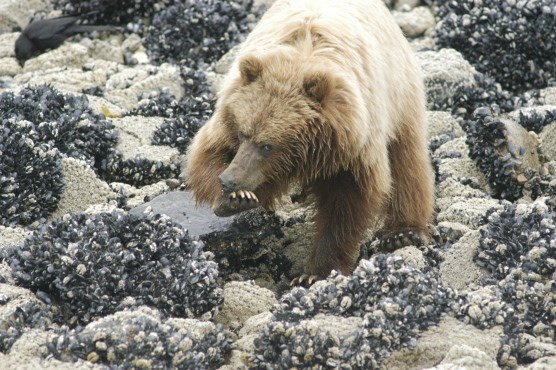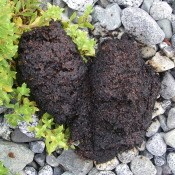

Glacier Bay Bear Foods Both black and brown bears are omnivores and eat a wide variety of plant and animal foods in Glacier Bay. Bears do not defend a specific territory like some other large predators, and they tend to roam widely in search of food, the males more so than the females. However, bears will often defend a limited food resource, especially a carcass, from encroachment by other bears or humans. Plants
Intertidal Resources Glacier Bay bears also eat whales! Salmon Other Animals 
Scat, Mark Trails, Rub Trees, and Bellyholes |
Last updated: June 5, 2018

